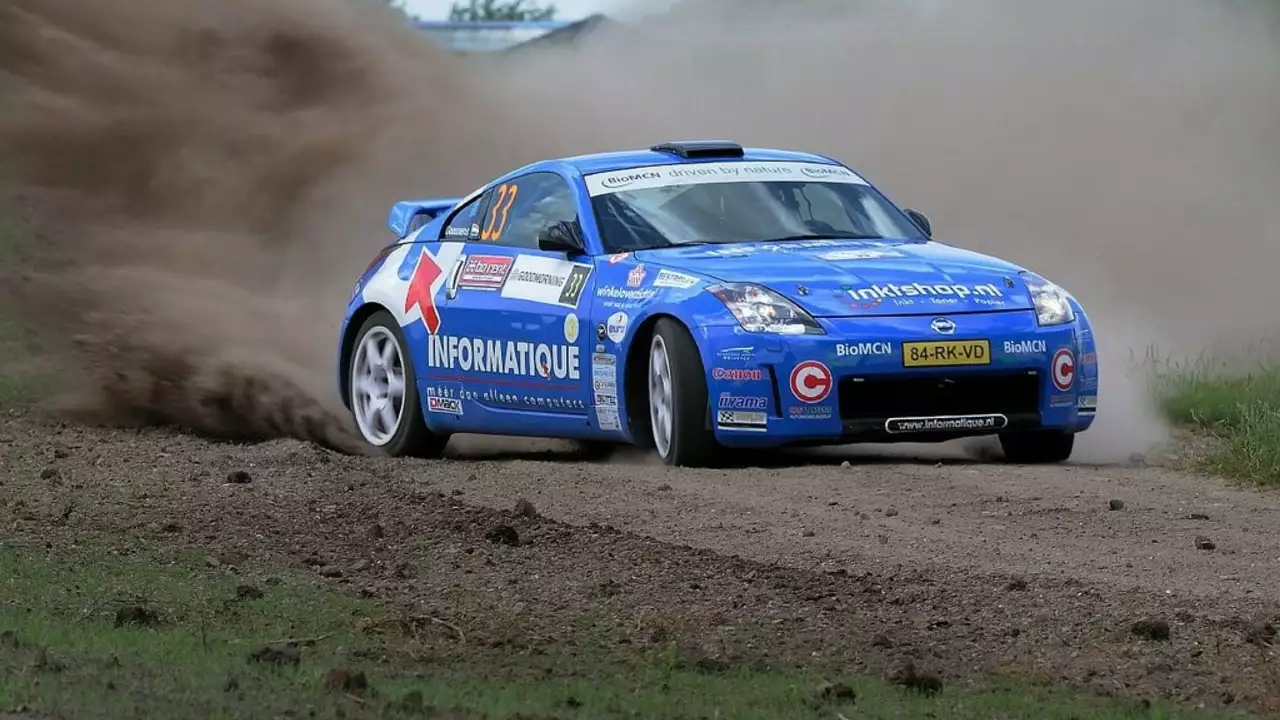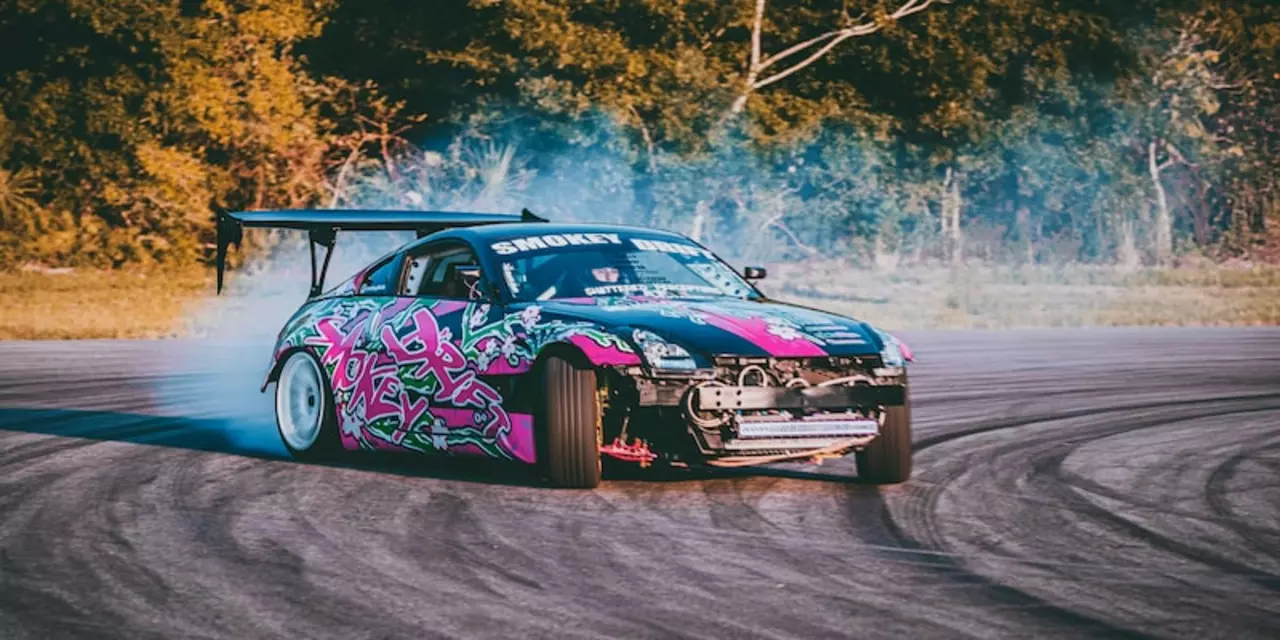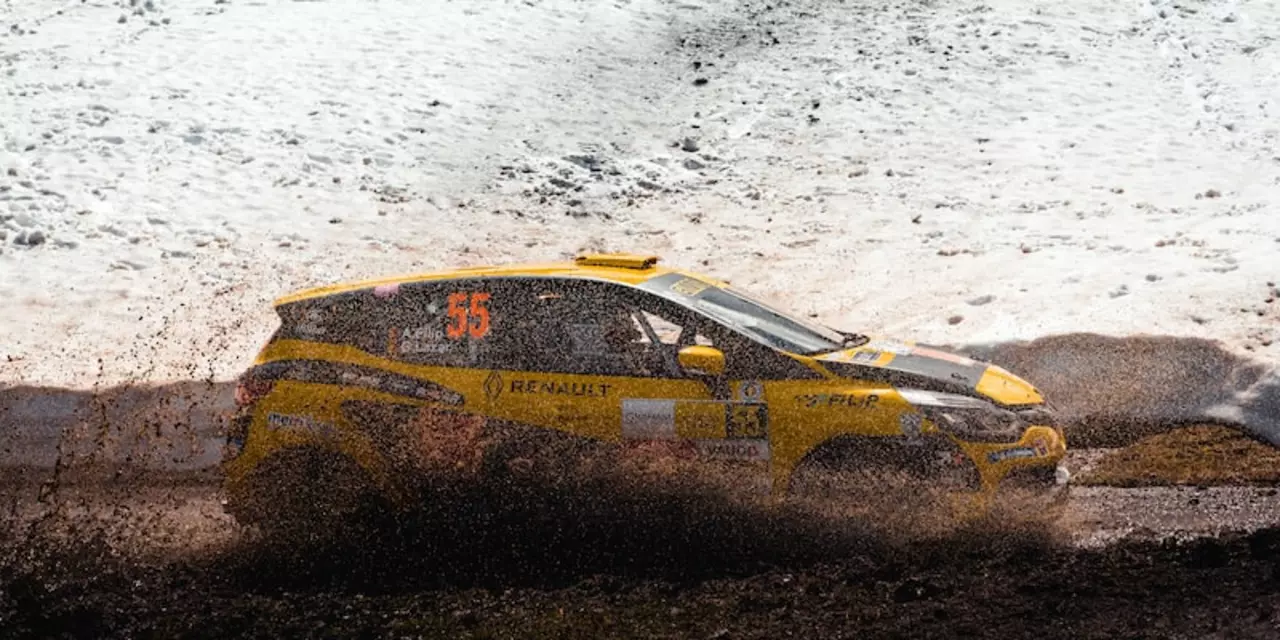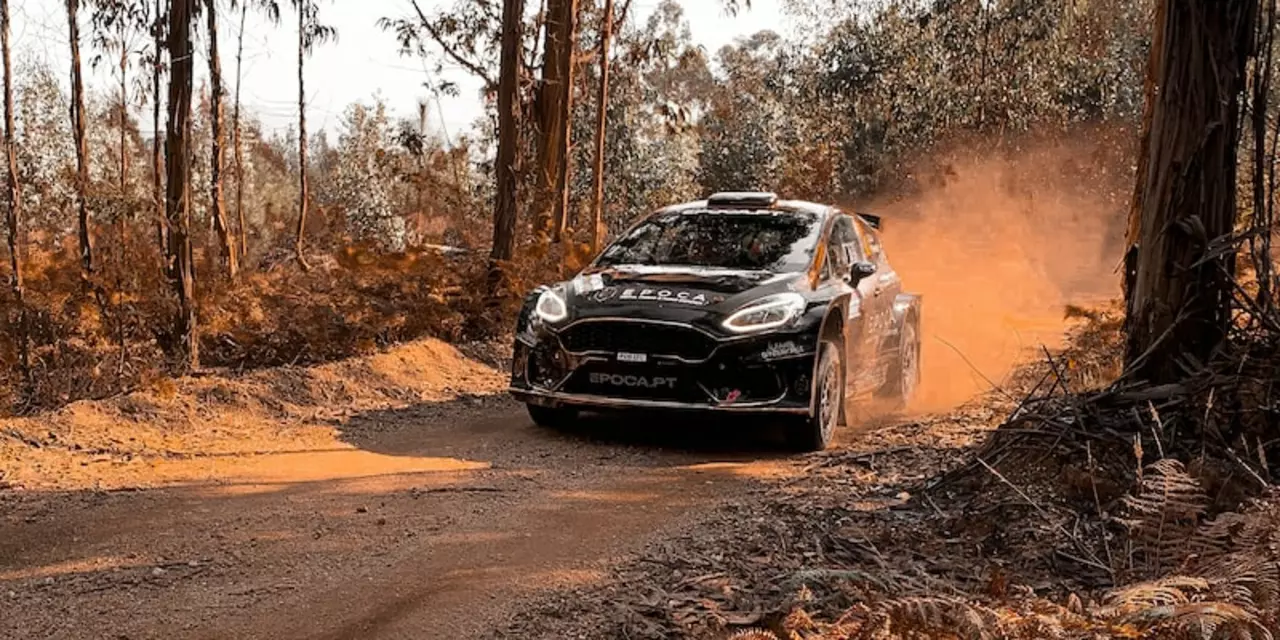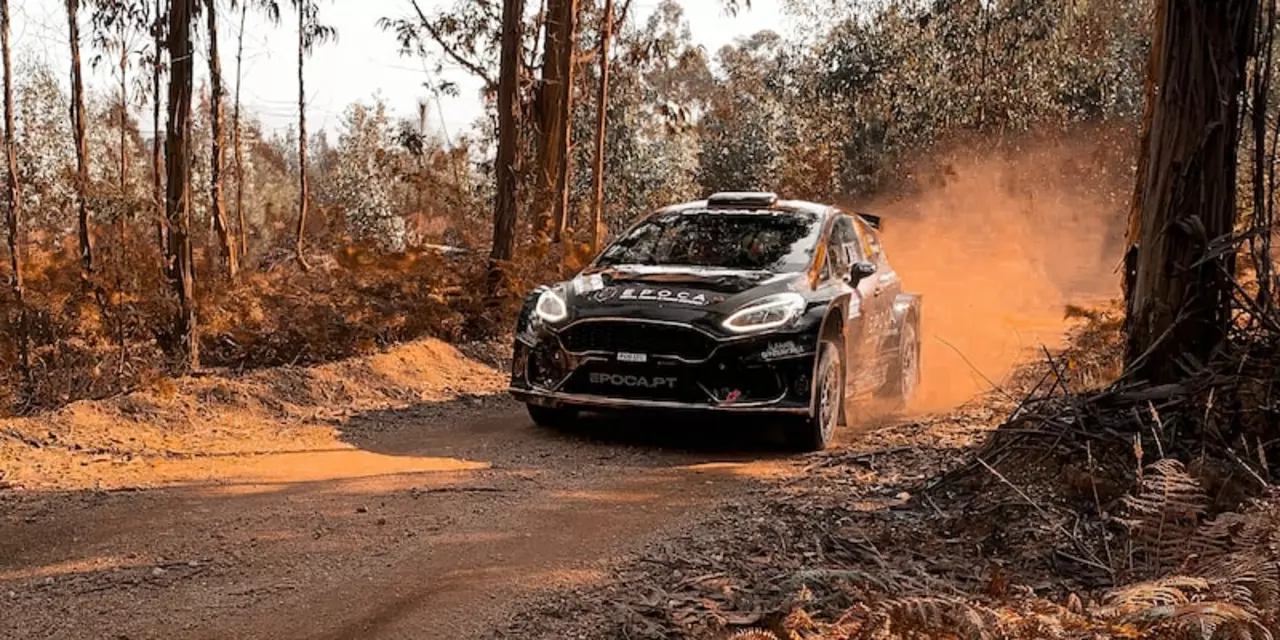Rally Basics: What Every Newbie Should Know
If you’ve ever watched a rally car slide around a mountain bend and thought, “I want to try that,” you’re in the right place. Rally isn’t just about raw speed; it’s a mix of skill, gear, and smart planning. Below we break down the key points you need before you hit the dirt.
How Fast Do Rally Cars Really Go?
Most rally cars top out around 120‑130 mph on fast, smooth sections. On gravel or snow the numbers drop to 80‑100 mph because traction is trickier. Speed is exciting, but the real challenge lies in staying in control on tight corners and uneven surfaces.
That’s why drivers use a sequential gearbox. Unlike a regular H‑pattern, a sequential box lets you shift up or down one gear at a time – think of it as a quick “next‑gear” button. The system is fast, reliable, and perfect for the rapid gear changes rally demands.
Essential Gear: Handbrake (the Long Stick)
Ever noticed a long lever next to the steering wheel? That’s the handbrake. Pulling it locks the rear brakes, helping the car rotate into a corner or stop on a slippery spot. Mastering the handbrake is crucial for tight hairpins and for controlling a drift.
Drifting isn’t just for show; it lets you keep momentum while the car’s weight shifts. By oversteering and using the handbrake, you can negotiate a corner faster than braking hard would allow. Practice on a safe course before trying it on a competition stage.
Getting Started as a Teen or Beginner
First step: enroll in a reputable rally school. They’ll teach you car control, basic mechanics, and safety protocols. Most schools offer a “starter kit” that includes a cheap, rear‑wheel‑drive car – perfect for learning without breaking the bank.
Speaking of money, becoming a rally driver can cost several thousand pounds. You’ll need a car, safety gear, entry fees, travel, and insurance. Many drivers start with a modest budget, then upgrade as they win prizes or attract sponsors.
Rally vs. Formula 1: Different Strategies
In rally, the focus is endurance and adaptability. You’ll face varying terrain, weather, and stages all in one event. In F1, the whole race happens on a single circuit, and every millisecond counts. Rally drivers rely heavily on co‑driver notes and terrain reading, while F1 drivers hustle on pit strategy and tyre management.
Both sports demand precision, but rally rewards a broader skill set – from reading a map to handling a handbrake‑induced drift.
Practical Tips for Your First Rally
- Know the car: Learn where the handbrake, sequential shifter, and clutch are located.
- Start slow: Warm up on asphalt before hitting gravel or snow.
- Listen to your co‑driver: Their pacenotes are your lifeline on unfamiliar roads.
- Stay fit: Rally seats can be harsh; core strength helps you stay composed.
- Budget wisely: Factor in entry fees, parts, travel, and safety equipment from the start.
Rally is a thrilling mix of speed, technique, and teamwork. Whether you’re a teen dreaming of the stage or an adult looking for a new challenge, these basics will give you a solid footing. Get out there, practice safely, and enjoy the ride!
Is FWD good for a rally?
After doing some research, it seems that front wheel drive (FWD) can indeed be good for rally racing. Despite some people's reservations, FWD vehicles can handle the twists and turns of a rally course quite well. In certain conditions like ice or snow, they can even outperform their rear wheel drive counterparts. However, it's important to note that driving style and skill are also key factors in rally racing. So, while FWD can be effective, it ultimately comes down to the driver's ability to navigate the course.
Read MoreWhy do rally cars drift around corners?
Rally cars drift around corners due to their incredibly advanced driving techniques, which enable them to take corners at high speeds while maintaining control. This is often done by transferring the car's weight, creating a balance between the front and rear wheels. This technique allows the car to maintain traction and grip, even on slippery surfaces. The driver also must use the throttle to control the car's speed and direction, allowing them to round the corner with precision. This technique is not only thrilling to watch, but it also helps the driver to maintain control and finish the course quickly.
Read MoreWhy do rally cars mostly sound the same?
Rally cars have an iconic sound that has become synonymous with the sport, but why do they all sound so similar? It turns out that rally cars must adhere to strict regulations imposed by the FIA (Federation Internationale de l'Automobile) in order to be eligible to compete in sanctioned events. These rules require that all cars have similar engine displacement, exhaust systems, and fuel injection systems, which limits the potential sound of the vehicles. Additionally, rally cars are limited to a particular octave range, which further homogenizes the sound of each car. This makes it easier for spectators to identify when a car is approaching, and also helps to maintain a consistent level of excitement throughout the race.
Read MoreWhy do Rally cars have two drivers?
Rally cars have become iconic symbols of motorsport and have been popularized in films, video games, and other media. Rally cars are different from traditional race cars in that they are driven on a variety of surfaces, including asphalt, gravel, and dirt. To be successful in a rally, two drivers are needed: a driver and a navigator. The driver is responsible for driving the car and navigating the course, while the navigator reads the directions and provides navigation instructions to the driver. The navigator is also responsible for keeping track of the progress of the car, alerting the driver of any obstacles or course changes. By working together, the driver and navigator can complete the rally course in the fastest time possible.
Read MoreDo rally drivers remember track or rely just on navigator?
This article examines the role of the navigator in rally driving. It looks at the debate between experienced rally drivers who prefer to remember tracks and those who rely solely on their navigator. The article suggests that the navigator is essential to success in rally driving, as they can provide vital information not available to the driver, such as the type of surface ahead, the condition of the road, and the precise route. However, experienced drivers need to remember the track as well to make the best use of the navigator's information. Ultimately, a combination of driver memory and navigator input is necessary for success.
Read MoreWhat is the difference between rally and rallycross?
Rally and rallycross are two motor sports that have some similarities but differ in many ways. Rally is a multi-stage event which tests a driver’s ability to navigate through a course, while rallycross is a one day event that takes place on a closed track with both dirt and asphalt surfaces. Rally stages are usually long and consist of a variety of road surfaces and conditions, whereas rallycross is held on a short track and involves high speed maneuvering around tight corners. The cars used in rallying are usually modified road cars, whereas rallycross cars are highly modified with higher power outputs and improved suspension. Finally, rally is usually held on public roads, whereas rallycross is held on purpose-built tracks.
Read More